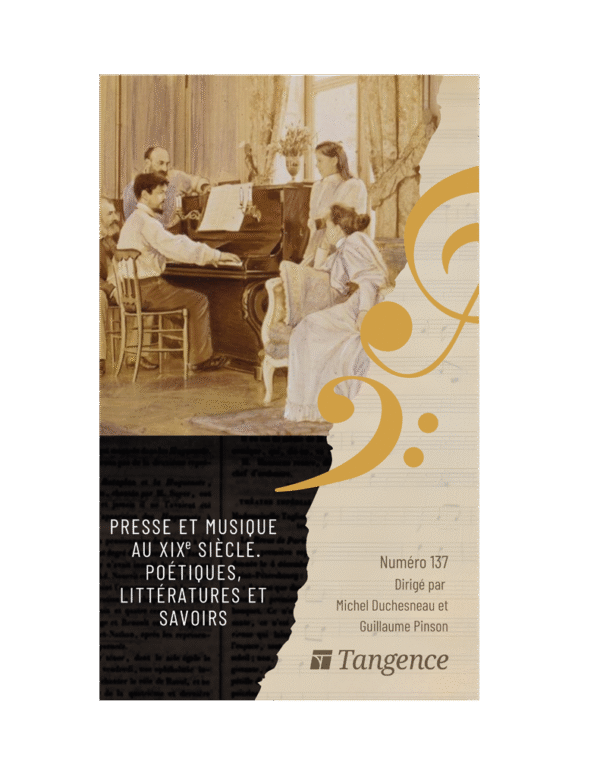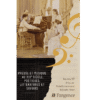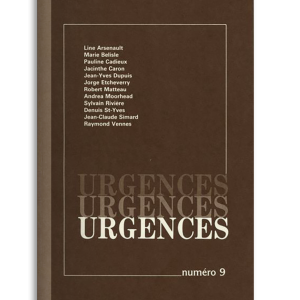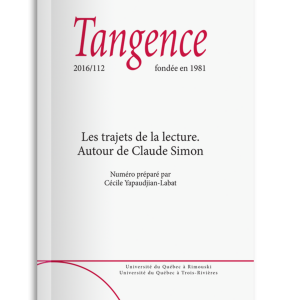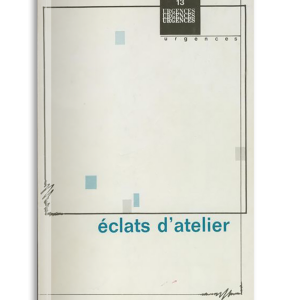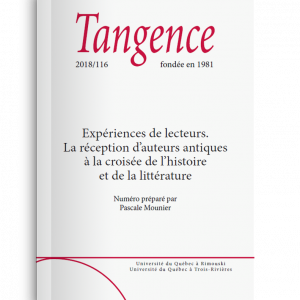Music, journalism, and social justice : Paris between the revolutions (1830-1851)
Mark Everist
One way of propagating the philosophy of Jean-Baptiste Joseph Fourier was by means of two periodicals : La Phalange, published from 1836 to 1843, and La Démocratie pacifique, published from 1843 to its termination during the early Second Empire in November 1851. From the start, these publications proposed not only reports on the latest concerts and stage events, but also more discursive essays on the subject of music. Beginning in 1838, the critic Allyre Bureau was central to this activity. He wrote two articles a month during the following decade and beyond. The texts by Bureau and his colleagues in La Phalange and La Démocratie pacifique brought together music and Fourier’s philosophy. This article analyzes these rapprochements and the social and musical discourse deployed in both publications.
A popular opera house on Boulevard du Temple : the Opéra-National and the French press (1847-1852)
Olivier Bara
What role did the press play during the opening of the Opéra-National, later renamed the Théâtre-Lyrique, on Boulevard du Temple ? In the years between 1847 and 1852, how did both general-interest and specialized newspapers react to the democratization effort of the third French popular opera company ? Torn from the comfort of theatres in downtown Paris, serial writers and columnists nevertheless covered the activity of the new popular institution, accompanying the different phases of its creation. For their part, the directors of this new theatre, Adolphe Adam followed by Edmond Seveste, made massive use of the press to legitimize their enterprise and provide it with all needed publicity. Their actions failed to prevent the newspapers from initiating a discourse, at times critical, on the presence of an opera house among the popular entertainment
venues of Boulevard du Temple alias Boulevard du Crime. During a troubled time in social and political history, a debate emerged on “popular theatre”, a richly promising future concept.
Music in the Mercure de France (1890-1914). Portrait and challenges of an interdisciplinary discourse
Michel Duchesneau and Federico Lazzaro
This article offers a panorama of the presence of music in the literary review Mercure de France during an effervescent period for French musical life. In the pages of the review, Jean Marnold built on the scandal following Maurice Ravel’s failure at the Prix de Rome, as this played a decisive role in the spread of a violent polemic surrounding the creation of the Société musicale indépendante. Music thus occupied an important space—over 700 texts between 1890 and 1914—that shed light on the music scene and the issues driving it at the time. Wagnerism was the favourite subject of the review’s music critics as evidenced, moreover, by the inquiry into German influence on French intellectual life conducted by the review in 1902. But probably the most significant factor is the symbolist network established around the review, which found its musical direction through support for a forgotten composer, Gabriel Fabre, whose music charmed fashionable circles at the turn of the twentieth century. The Mercure de France is therefore an exceptional source for studying the reception of music whose richness lies in its interdisciplinary character.
Female music criticism under the Third Republic : Judith Gautier and counter-criticism
Isabelle Perreault
To mark a milestone on the research path opened by the body of female music criticism, this article examines the trajectory of Judith Gautier, not to highlight a feminine manner of writing about music, but to identify a set of clues that can serve to envision this singular occurrence in the history of music criticism by women. The daughter of Théophile Gautier, Judith was distinguished by her passion for the works of Wagner, describing herself as his “best disciple” and becoming, as a result, one of his most ardent defenders in France. Thanks to her relationship to her father, and to break free from her unhappy marriage to Catulle Mendès, she managed to establish her legitimacy by developing a poetic and impressionistic approach to criticism, an approach informed, however, by a thorough knowledge of Wagner’s works and expressed in her articles as a counterpoint dialogue. This positioning allowed her not only to bypass gender boundaries in a traditional male profession, but also to actively contribute to the reception and promotion of Wagner’s works in France. From this perspective, the present article proposes to reflect on the empowerment strategies of a female music critic and examine gender relations in the construction of a female critical authority in a period that established and institutionalized the function of music criticism in the review.
Émile Zola and Alfred Bruneau’s media strategies in the press
Olivier Sauvage
Thanks to an early career in journalism, Émile Zola knew how to use his critic’s pen to passionately defend his literary conceptions. When he became a librettist and was collaborating with the musician Alfred Bruneau, newspapers were still considered a showcase for disseminating his naturalistic views on music and opera, especially given that Bruneau was himself a music critic. A careful reading of both men’s critical writings provides information on the discursive strategies they deployed to position themselves in the aesthetic debates of the late nineteenth and early twentieth century. Despite differences in tone and a few specifics, the two artists successfully combined their efforts to promote their lyrical theatre.
Listening to music in the daily press : Media poetics and music scores in the late nineteenth century
Guillaume Pinson
This article focuses on the presence of numerous music scores published in the nineteenth-century French press. Lifted from a sample of 13 newspapers, a body of close to 1000 scores allows for a discussion of the presence of musical “writing” in periodical literature to demonstrate, notably, the roles and functions of these scores. The author proposes to see in them a kind of specifically media language that revisits the old practice of the “small format” (affordable scores sold since early in the century) for everyday use, while establishing relations of proximity and exchange with certain media poetics such as serials, news items or opinion pieces.

